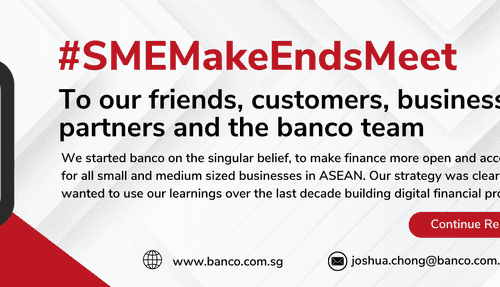Introduction
For small and medium-sized enterprises (SMEs) in Singapore, acquiring necessary equipment can be a significant financial challenge. To address this issue, equipment financing and leasing have emerged as viable solutions that provide SMEs with access to the equipment they need without substantial upfront costs. In this article, we will delve into the fundamentals of equipment financing and leasing in the Singaporean context, highlighting their benefits and exploring valuable resources for SME owners.

Understanding Equipment Financing:
Equipment financing involves securing a loan or credit facility specifically designed for acquiring machinery, technology, or vehicles for business purposes. Here are key points to consider:
Benefits of Equipment Financing:
- Cash Flow Preservation: Equipment financing allows SMEs to preserve their working capital by spreading the cost of equipment over time, freeing up funds for other critical business needs.
- Ownership and Equity: Unlike leasing, equipment financing enables SMEs to gain ownership of the equipment, which can be used as collateral for future loans and build equity in the business.
- Tax Advantages: In Singapore, equipment financing interest payments may be tax-deductible, reducing the overall tax burden for SMEs.
- Flexible Repayment Terms: Equipment financing offers customizable repayment options, such as fixed or variable interest rates and various loan tenures, allowing SMEs to align payments with their cash flow.
Exploring Equipment Leasing:
Equipment leasing provides SMEs with the opportunity to use equipment for a specific period, typically in exchange for regular lease payments. Consider the following aspects:
Benefits of Equipment Leasing:
- Lower Initial Costs: Leasing requires minimal upfront costs, making it an attractive option for SMEs with limited capital.
- Flexibility and Upgradability: Leasing allows businesses to adapt to technological advancements by easily upgrading or replacing equipment as needed, ensuring competitiveness and efficiency.
- Maintenance and Support: Many leasing agreements include maintenance and support services, reducing the burden of equipment upkeep for SME owners.
- Tax Deductibility: In Singapore, lease payments are generally tax-deductible, providing additional cost savings for SMEs.
Evaluating the Right Option for Your SME: Choosing between equipment financing and leasing depends on various factors, including financial stability, cash flow requirements, and long-term business goals. SME owners should consider the following:
- Equipment Lifespan: If the equipment has a long lifespan and is crucial to the business's operations, equipment financing may be more appropriate as it offers ownership and potential long-term cost savings.
- Financial Considerations: Assessing cash flow, collateral availability, and tax implications will help SME owners determine the most suitable financing option.
Conclusion:
Equipment financing and leasing offer Singaporean SMEs valuable alternatives to acquiring essential equipment. Equipment financing provides ownership, tax advantages, and flexible repayment options. SME owners must carefully assess their specific business needs, financial capabilities, and long-term objectives to make an informed decision.




